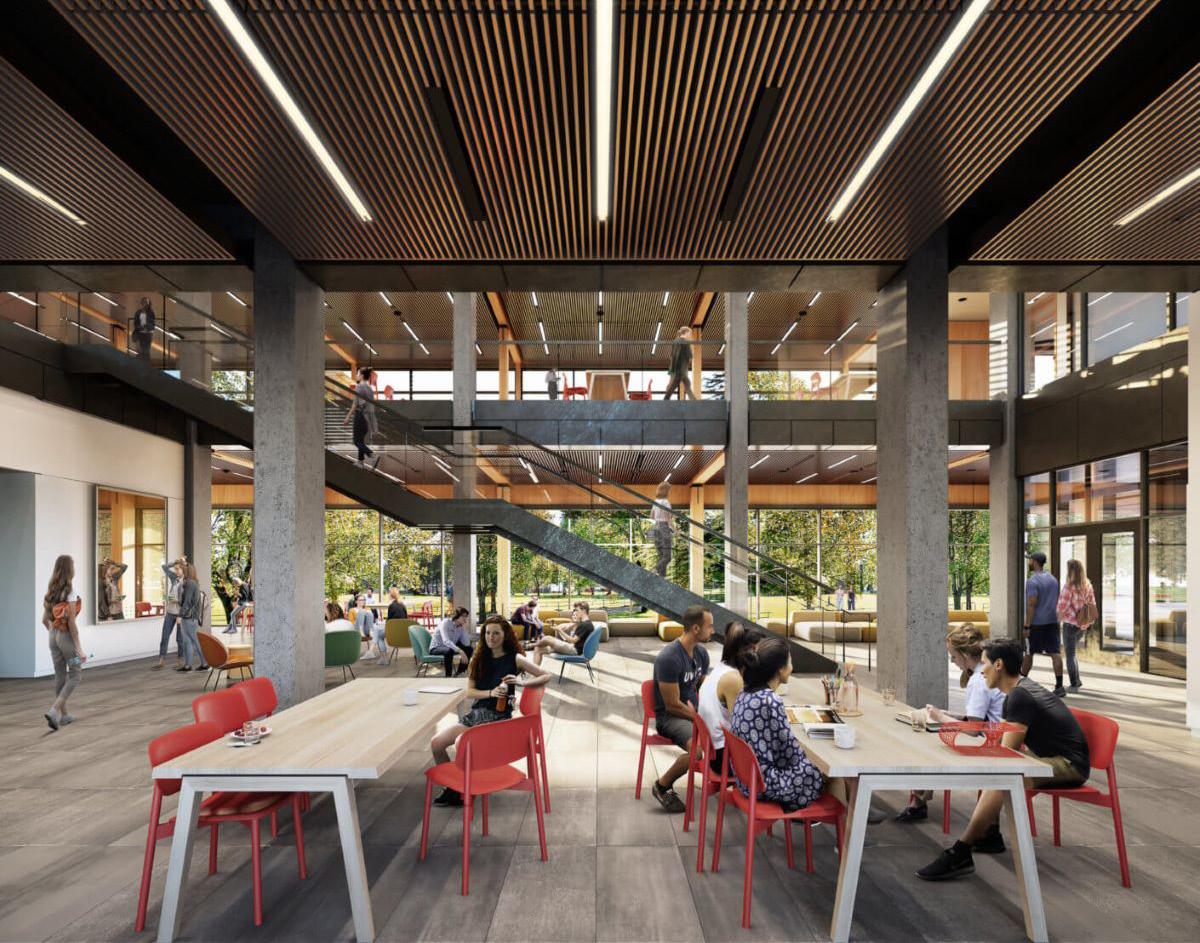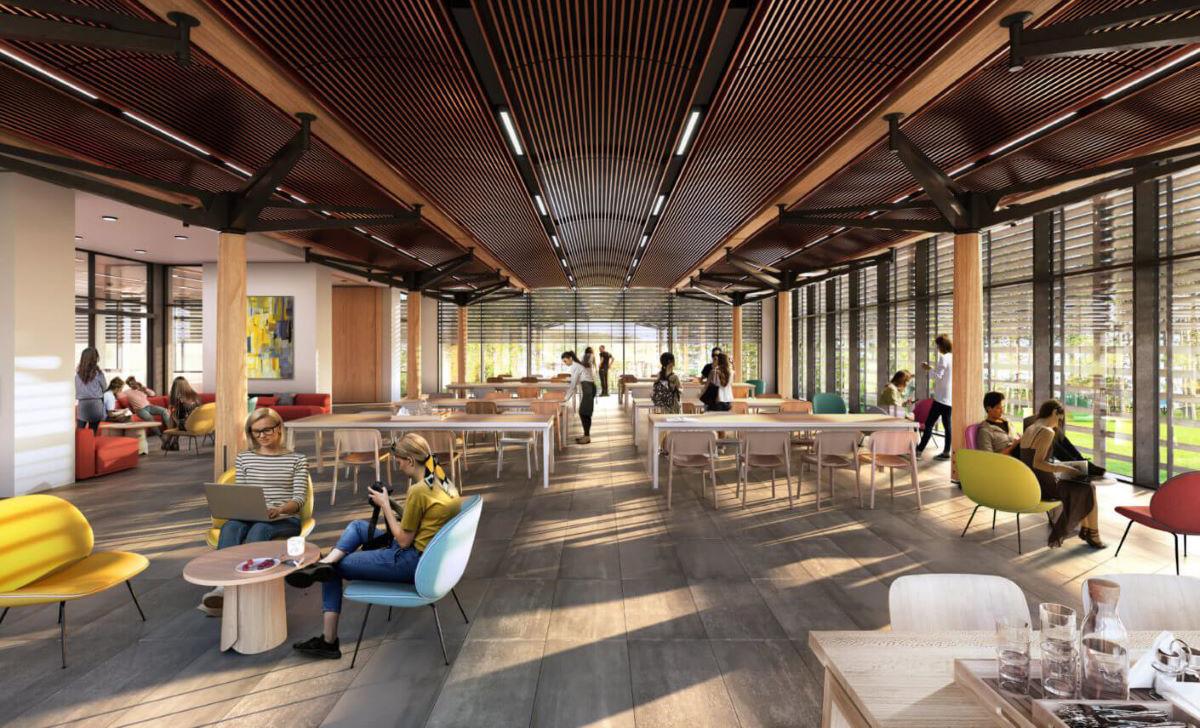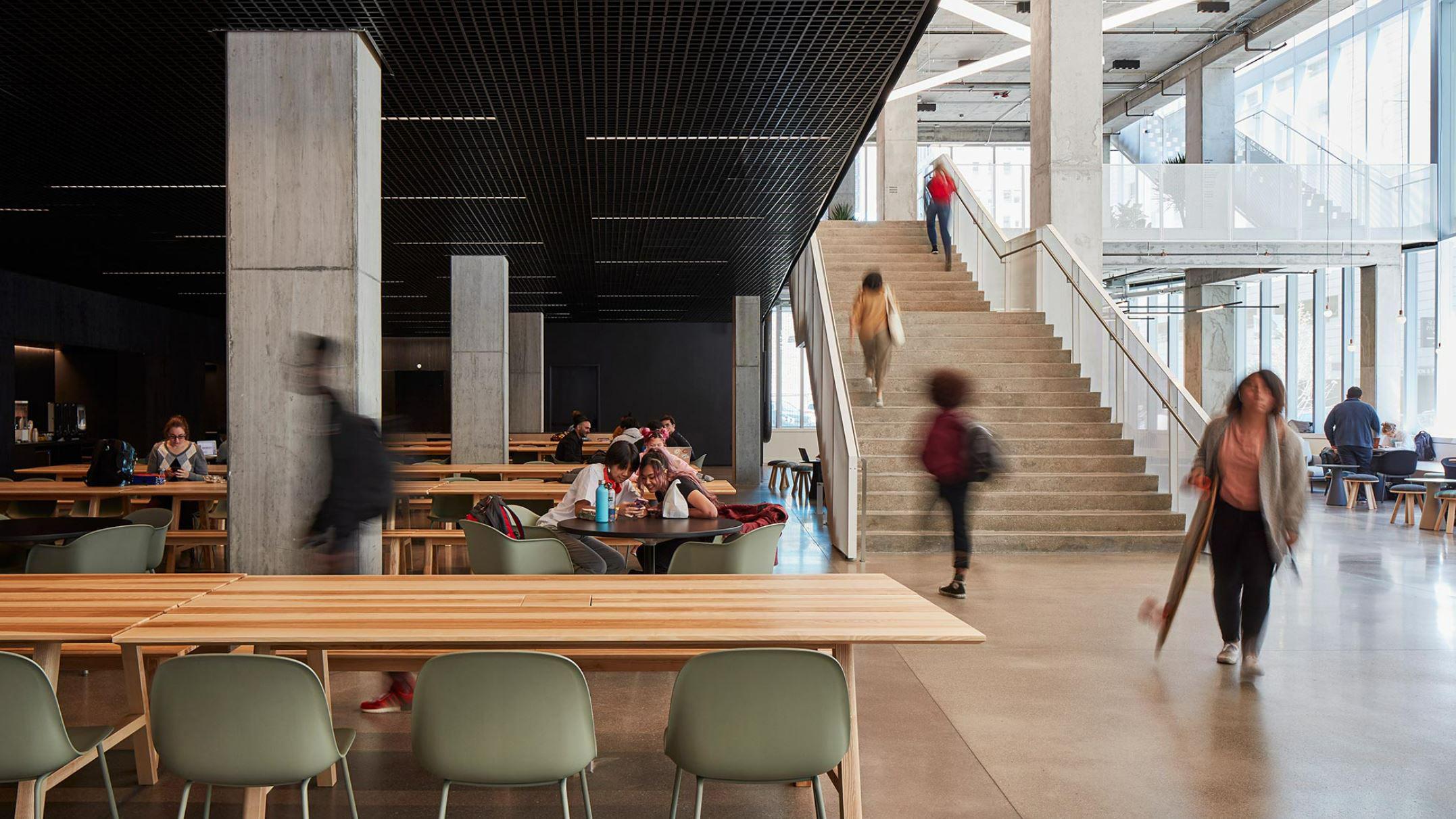The Problem Review of Literature
Trauma is a pervasive issue that affects countless individuals and poses a significant global public health concern (Lippard, 2022). Generation Z is facing higher rates of anxiety, depression, and distress than any other generation, resulting in an increased demand for mental health services especially among university students (Coe et al., 2022) (American Psychological Association, 2022). People who have experienced trauma do not always feel inclined to engage in public spaces (Savin-Baden, 2008).
Trauma & Mental Health
There are many different types of trauma, which can be minor, short-lived, or chronic (Bounds et al., 2021). There is a growing demand for mental health services among young individuals, particularly in the 13–25 age range (American Psychological Association, 2022).
Anna Ellis, MFA Candidate
Jill Pable, PhD, Thesis Advisor
Department of Interior Architecture & Design
Florida State University
70% of adults in the U.S. have experienced trauma (National Council for Mental Wellbeing, 2022)
• How do interior architectural qualities influence the academic social space preferences of college students who have experienced trauma?
• How do these spatial qualities affect college students’ emotional well-being?
The Justification Research Questions
Existing facilities on university campuses may not be supportive of the environmental needs of students that have experienced trauma. Published research examining academic social spaces and the design preferences of undergraduate and graduate students that have experienced trauma is sparse.


The Purpose
The purpose of this research is to investigate the spatial and design needs of college students who have experienced trauma that may benefit from using academic social spaces.

Variations in social inclusion can impact health and well-being, with belonging as the fourth need in the hierarchy of needs (McLeod, 2018), and social support being essential for college students’ mental health and stress reduction.
Connections of Human Perceptions to Physical Place
Having a strong sense of place can affect one’s sense of groundedness, stability, and security, and has the power to improve one’s well-being through positive and impactful associations (Kopec et al., 2018).
The design of a space within the built environment has a significant impact on the health and well-being of individuals who inhabit it. Creating well-designed spaces can enhance relaxation, reduce stress, and foster a feeling of safety.
Designing for Well-Being Trauma-Informed Design and Approaches Methodology
Trauma-Informed Design emphasizes physical, psychological, and emotional safety, and creates opportunities for survivors to develop a sense of control and empowerment. It has the potential to reduce significant emotional stress or tension. It may create a conducive environment for individuals who have undergone trauma to effectively progress in their lives.
• Mixed methods of quantitative and qualitative research
• 18 years + undergraduate and graduate college students who self-identify as having experienced some form of trauma
• Currently enrolled in an undergraduate or graduate program at a college or university
Electronic survey
• To be conducted online through Qualtrics software; approximately 15 minutes
• To collect quantitative and qualitative data
• The survey will gather participants’ reactions to images of different academic social spaces with changes in considered interior architectural features
• Last question asks participants about interest in a follow-up interview

Follow-up interviews

• To be conducted through Zoom video communication software
• To be recorded with the permission of each participant
To the left are images generated by AI when prompted with “university academic social space,” and altered in Photoshop to be used in survey questions on spatial preferences. These specific images will be used to test preferences of access to views.
• To gain a deeper understanding of participants’ choices and responses in surveys
• Descriptive statistics using SPSS to analyze quantitative data
• Transcription of interview audio using MAXQDA
• Written summary of qualitative data
This research aims to explore the significance of addressing trauma, highlighting the diverse nature of traumatic experiences, and emphasizing how trauma can influence one’s interaction with the built environment. The findings may indicate that thoughtful interior architectural design can positively affect the emotional well-being of trauma-experienced individuals, with certain design elements consistently linked to improved well-being.


Association. (2022, November 15). Increased need for mental health care strains capacity [Press release]. https://www.apa.org/news/press/releases/2022/11/mentalhealth-care-strains - Bounds, D., Leland, N., & Amar, A. F. (2021). Child and adolescent victims of trauma. In E. L. Yearwood, G. S. Pearson & J. A Newland (Eds.), 2nd ed.; Child and adolescent behavioral health: A resource for advanced practice psychiatric and primary care practitioners in nursing (2nd ed.) (pp. 425-443). Wiley Blackwell. https://doi.org/10.1002/9781119487593.ch24
- Coe, Erica, et al. (2022, January 14). Addressing the unprecedented behavioral-health challenges facing Generation Z. McKinse & Company. Retrieved from https://www.mckinsey.com/ industries/ healthcare-systems-and-services/our-insights/addressing-theunprecedented-behavioral-health-challenges-facing-generation-z
- Kopec, D. A.,
